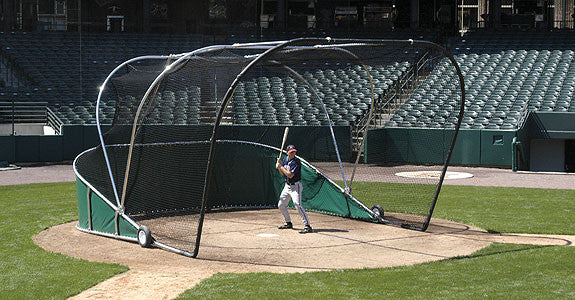We just came across to the new rule that's going into effect for the 2017 softball season at the NCAA level.
The dugout faces must be completely enclosed with netting or protective material all the way up to the roof line. This is for the player protection from foul balls, thrown equipment, thrown balls anything that could cause an injury entering the dugout.
I don't know that there been that many cases of injury, but there must've been something that precipitated this move and rules and move like this are not normally preventive their reactionary. I don't know what did it for my guess is there is one. Baseball and softball players are known for hanging on the dugout fence, being over it, even being outside of it and having to duck out of the way of balls flying in there.
I'm an umpire and have seen it along with being a coach for over 40 years so I don't know that it's a bad rule. The question I have for your comments is should all dugouts be protected from the ball getting into that dugout whether it be baseball, softball, no matter what the league.
I may be dating myself but I can remember dugouts that were ground-level and had no protection in front it was like sitting on a bench in a shed watching the games. Then the normal progression was to put up fences about 3 to 4 foot high to protect, then bring down lips from the top of the dugout have become standard. Now is this the evolution of dugout protection that's the question? Agree or disagree
Catchers_Working_Together
Some teams do not have the luxury of having a coach at baseball practice for every position. Often times what happens is the coaches will be with the pitchers, infielders and outfielders, while the catchers are stuck catching balls for the infielders. If this is the case, you need to teach the catchers how they can coach themselves.
When catchers practice their skills, they shouldn’t practice anything for more than 10 minutes unless they‘re learning a new skill. The best way for a catcher to practice individual skills is 5-10 minutes at a time. Catchers can work on receiving, blocking and throwing, all for 5-10 minutes a practice. All of these skills can be practiced without the assistance of a coach. All that is needed is two or more catchers to work with each other.
Here are some drills that can be practiced every day:
Receiving
- Flip balls inside and outside so catchers can work on shifting their body and receiving the ball (With or without a glove)
- Throw from 25-30 feet away, working on sticking pitches
- Rapid fire 5-6 pitches in a row, working on catchers' reflexes and reacting to balls quickly
Blocking
- Dry blocking without a ball just going down and working on the perfect form
- Blocking pitches thrown from 15-20 feet away middle, left and right
Throwing
- Play catch just working on the transfer from glove to hand
- Flip balls from 15-20 feet away and catchers work on footwork to each base
- Roll out bunts and work on footwork to each base
There is time available in almost every practice for your catchers to get this work in, so as a coach you need to make sure they are doing so, whether they have a dedicated coach or not. Catchers will get more out of doing skills every day for less time, rather than once or twice a week for a half hour or more. And they will certainly get more out of their practices if they are wokring on their own skills and game instead of just simply "being there" to catch balls for their teammates.
Kevin Hussey










